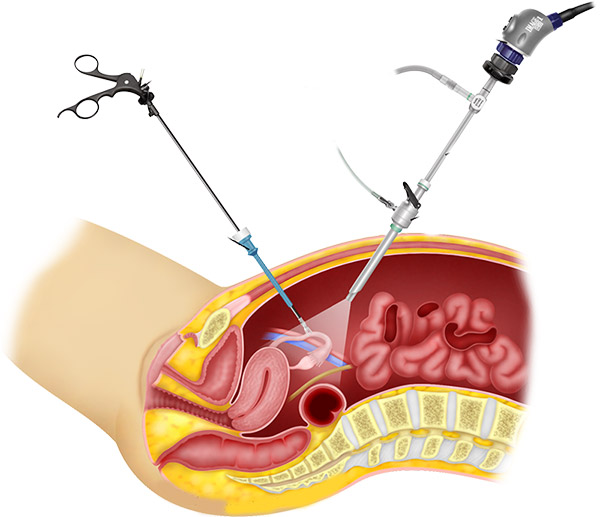Laparoscopic Surgery

Laparoscopy, also known as diagnostic laparoscopy, is a surgical diagnostic procedure used to examine the organs inside the abdomen. It’s a low-risk, minimally invasive procedure that requires only small incisions.
Laparoscopy uses an instrument called a laparoscope to look at the abdominal organs. A laparoscope is a long, thin tube with a high-intensity light and a high-resolution camera at the front. The instrument is inserted through an incision in the abdominal wall. As it moves along, the camera sends images to a video monitor.
Laparoscopy is often used to identify and diagnose the source of pelvic or abdominal pain. It’s usually performed when noninvasive methods are unable to help with diagnosis.
In many cases, abdominal problems can also be diagnosed with imaging techniques such as:
Ultrasound, CT scan, MRI scan
- Fevers or chills.
- Abdominal pain that becomes more intense over time.
- Redness, swelling, bleeding, or drainage at the incision sites.
- Continuous nausea or vomiting.
- Persistent cough.
- Shortness of breath.
- Inability to urinate.
- Lightheadedness.
- Appendix
- Gallbladder
- Liver
- Pancreas
- Small intestine and large intestine (colon)
- Spleen
- Stomach
- Pelvic or reproductive organs

